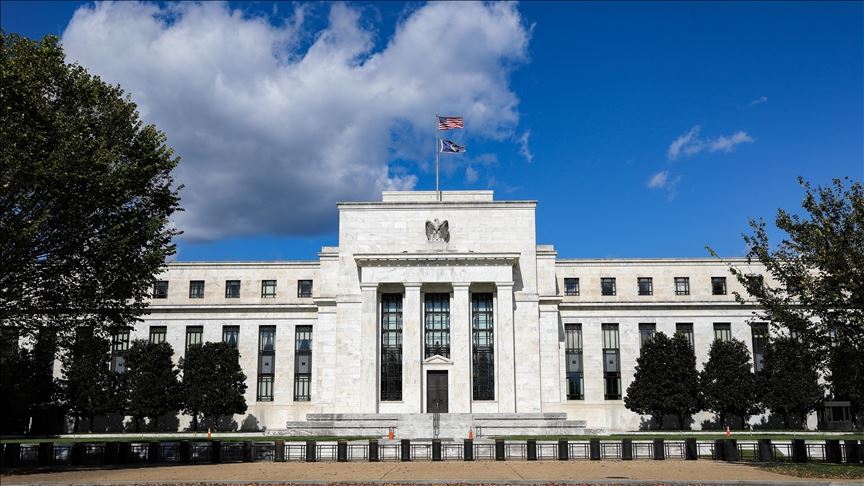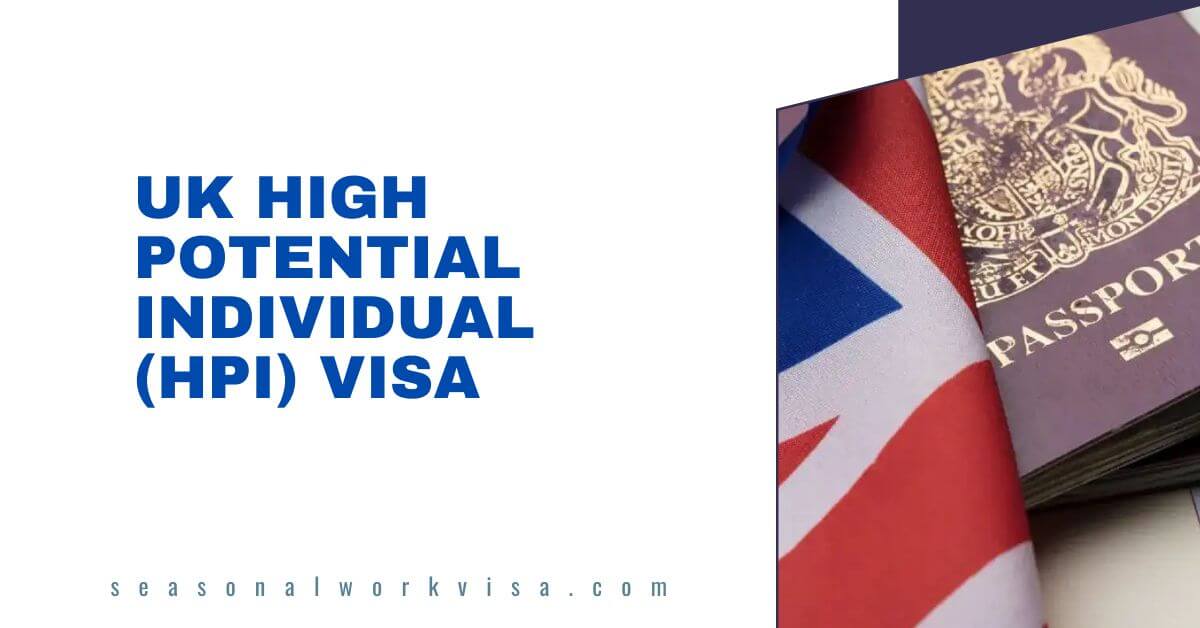High Down Payments: A Major Barrier To Homeownership In Canada

Table of Contents
The Impact of High Down Payments on Affordability
The required down payment percentage significantly impacts the overall cost of homeownership in Canada. A larger down payment reduces the loan amount, resulting in lower monthly mortgage payments and less interest paid over the life of the loan. However, the sheer size of the down payment itself presents a massive financial barrier, particularly for those in lower income brackets and marginalized communities.
The financial burden is substantial:
- A 20% down payment on a $500,000 home in a major Canadian city is a staggering $100,000. This represents a significant portion of a typical family's savings.
- For those opting for a smaller down payment (less than 20%), the Canada Mortgage and Housing Corporation (CMHC) insurance premiums add to the overall cost, increasing the already high financial barrier. These premiums can significantly inflate the total cost of the mortgage.
- Furthermore, smaller down payments often result in higher interest rates, leading to a compounding effect and ultimately a much larger total cost of homeownership over the life of the mortgage. This makes saving for a down payment even more crucial. The difference between a 5% and 20% down payment can be substantial in terms of total interest paid.
Different income brackets and demographics are disproportionately affected. Lower-income households, new immigrants, and single parents often face the most significant challenges in saving for the substantial down payments required in the current Canadian housing market. This inequality further exacerbates the affordability crisis and limits access to homeownership for many Canadians. The increasing cost of living, including rising rent costs, only compounds the difficulty.
The Role of Government Policies and Regulations
Government policies and regulations play a crucial role in shaping down payment requirements and overall housing affordability in Canada. Stricter stress tests, designed to ensure borrowers can handle potential interest rate increases, have impacted mortgage approval rates, making it harder for some to qualify for a mortgage even with a sufficient down payment. The stress test itself adds to the challenges associated with obtaining a mortgage.
The impact of government policies is significant:
- Mortgage Stress Tests: The implementation of stricter stress tests has reduced the number of mortgages approved, impacting affordability for many prospective homebuyers.
- CMHC Insurance: While CMHC insurance enables access to mortgages with smaller down payments, the premiums contribute to the overall cost. Changes to CMHC insurance premiums directly affect affordability and access to homeownership. Potential changes to CMHC insurance could either improve or worsen the situation.
- Government Incentives: Government initiatives and programs aimed at first-time homebuyers, such as grants or tax breaks, can alleviate the financial burden but often have limited reach.
Proposed changes and potential solutions from the government are constantly being debated. These include adjustments to the stress test, modifications to CMHC insurance premiums, and the introduction of new affordable housing programs. The effectiveness of these potential solutions will need to be carefully monitored to ensure they actually improve affordability without creating unintended consequences.
Alternative Strategies for Saving for a Down Payment
Saving for a down payment requires dedication, planning, and potentially exploring various strategies to maximize savings. While the high cost of homeownership in Canada presents a significant challenge, several avenues can assist prospective homeowners.
Here are some actionable steps for accumulating a down payment:
- Create a Realistic Budget: Develop a comprehensive budget outlining income and expenses, identifying areas where savings can be increased. Tracking spending habits and adjusting expenditure can dramatically improve savings.
- Maximize High-Yield Savings Accounts: Utilize high-yield savings accounts to earn a better return on savings while maintaining accessibility to the funds. Comparing interest rates and selecting the most efficient option for savings is crucial.
- Consider RRSP Withdrawals (Home Buyers' Plan): Explore the Home Buyers' Plan (HBP), which allows first-time homebuyers to withdraw funds from their Registered Retirement Savings Plans (RRSPs) tax-free for a down payment. Understanding the rules and implications of HBP withdrawal is essential.
- Explore Family Assistance: Seek financial assistance from family members who may be willing to contribute to the down payment. Formalizing these contributions through legally binding agreements is essential.
- Shared Equity Mortgages or Co-ownership: Consider options such as shared equity mortgages or co-ownership with friends or family members to reduce the individual financial burden of a down payment. Thorough legal counsel should be sought to outline the terms of the agreements.
By implementing these strategies and remaining diligent in their savings efforts, prospective homebuyers can significantly improve their chances of achieving their goal of homeownership in Canada.
Conclusion: Overcoming the High Down Payment Barrier to Homeownership in Canada
High down payments represent a significant barrier to homeownership in the Canadian housing market. The affordability crisis is impacting various demographics, and government policies are crucial in addressing the challenge. However, individuals can actively work towards accumulating a down payment through disciplined budgeting, exploring various savings vehicles, and considering alternative homeownership models.
Don't let high down payments deter your dreams of homeownership. Start planning your savings strategy today and explore the options discussed to navigate the Canadian housing market effectively. Take advantage of resources like the Government of Canada website for information on first-time homebuyer programs and utilize online financial planning tools to create a personalized savings plan. Remember, achieving homeownership in Canada requires dedication, planning, and a proactive approach to saving for that crucial down payment.

Featured Posts
-
 Otkaz Makrona Starmera Mertsa I Tuska Ot Poezdki V Kiev 9 Maya Prichiny I Posledstviya
May 09, 2025
Otkaz Makrona Starmera Mertsa I Tuska Ot Poezdki V Kiev 9 Maya Prichiny I Posledstviya
May 09, 2025 -
 Wynne Evans Health Illness Update And Possible Return To Performing
May 09, 2025
Wynne Evans Health Illness Update And Possible Return To Performing
May 09, 2025 -
 Surgeon General Nomination Withdrawn White House Chooses Maha Influencer
May 09, 2025
Surgeon General Nomination Withdrawn White House Chooses Maha Influencer
May 09, 2025 -
 Interest Rates Unchanged The Feds Response To Inflation And Unemployment
May 09, 2025
Interest Rates Unchanged The Feds Response To Inflation And Unemployment
May 09, 2025 -
 Uk Visa Restrictions Report On Potential Nationality Limits
May 09, 2025
Uk Visa Restrictions Report On Potential Nationality Limits
May 09, 2025
